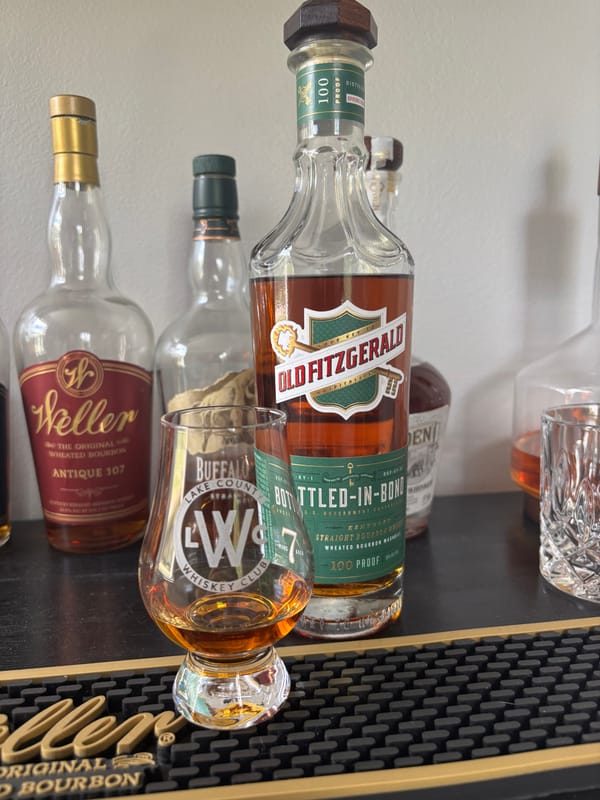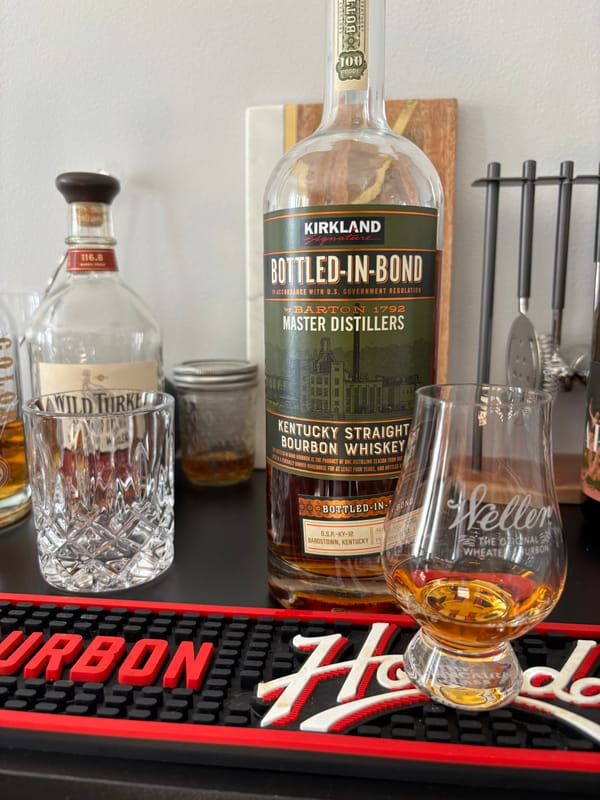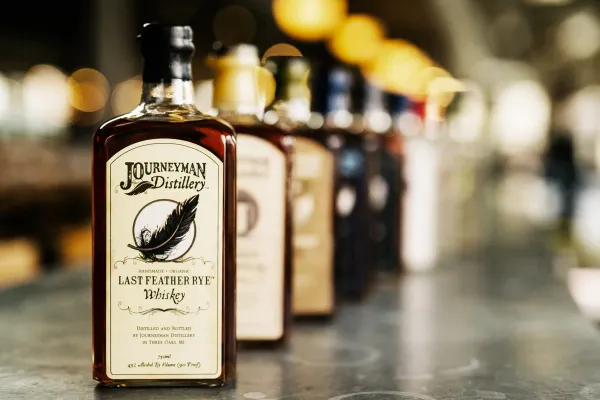Whiskey Barrel Rotation Revealed: The Spin You’ll Wish You’d Turned Sooner

Barrel Rotation: The Whiskey Twist You Can’t Skip
Barrel rotation isn’t just a warehouse shuffle—it’s whiskey’s flavor twirl, and if you don’t know its spin, you’re missing the move that balances every cask. It’s craft, not chaos. Here’s the ironclad truth about whiskey barrel rotation, rooted in process and law, and why it’s your 2025 must-know.
What Is Whiskey Barrel Rotation?
U.S. law mandates new charred oak barrels for bourbon, rye, and wheat whiskey—51% grain minimum, distilled to 160 proof max, barreled at 125 proof max, bottled at 80 proof minimum. Rotation—moving barrels within warehouses—evens out heat and humidity exposure during aging (two-plus years). Every shift tweaks the spirit, no law requires it.
How Barrel Rotation Shapes Whiskey
Barrels at 125 proof or less age in rickhouses—top racks hit 100°F, bottoms stay 60-70°F. Rotation swaps spots—high to low, edge to center—over the years, balancing oak extraction. Vanilla and spice deepen evenly—two to eight years—rotation prevents hot spots from overpowering the grain’s corn or rye core, every move matters.
What Barrel Rotation Means for Your Sip
Rotated barrels yield balanced whiskey—bourbon’s sweetness or rye’s spice melds with oak’s caramel, not skewed bold or faint. Static barrels risk extremes—every sip’s harmony—law allows it—rests on this spin, no additives shift it.
Why Barrel Rotation Matters in 2025
Barrel rotation’s whiskey’s flavor dance—by 2025, grasping it could smooth every pour’s flow, from rich to refined. It’s the truth in the shuffle—don’t miss its turn. Want to taste rotation’s balance?
Check out NEAT: Whiskey Finder—it’ll help you track down bourbon and whiskey near you.





